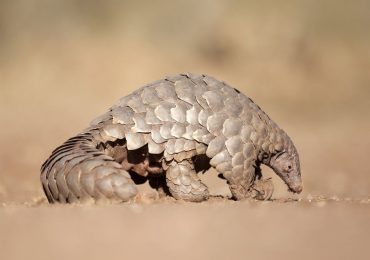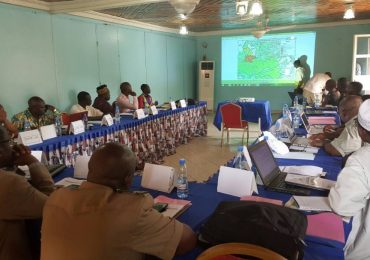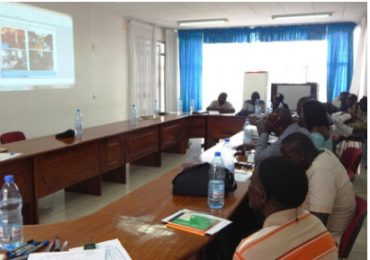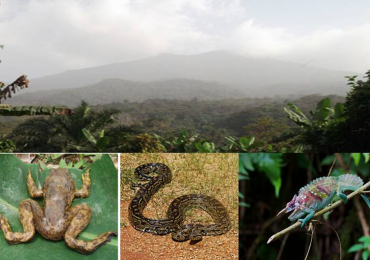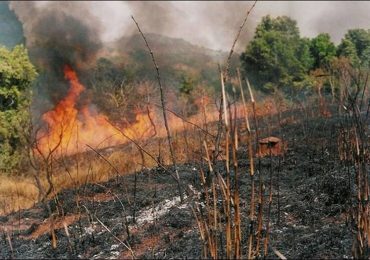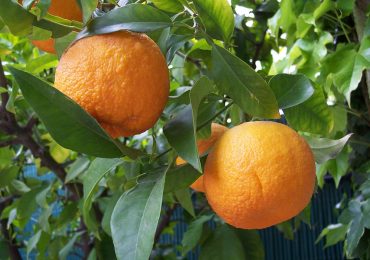Listed as Endangered on the Red List of the International Union for the Conservation of Nature (IUCN), Goliath, the world’s biggest and most endemic frog species, currently risks extinction given wanton hunting and habitat destruction in the Nlonako and Muanenguba Mountains in the WestRegion of Cameroon.
Endemic to the Nlonako and Muanenguba conservation complex of Cameroon, and part of Equatorial Guinea, the Goliath Frog known by its scientific name Conraua goliath plays an invaluable ecological role in maintaining the ecosystem. It is known for its medicinal properties notably the fight against diseases like malaria and yellow fever. They feed on the larvae of the insects that cause these diseases.
This rare amphibian species has unfortunately been subjected to overexploitation by pet traders and loss of habitat from communities adjacent to its natural habitat.
Approximately 2000goliath frogs are exploited annually and commercialised on the Douala-Nkongsamba highway mostly to foreigners.
According to a pet trader in Nlonako, the costs of a goliath frog ranges between 5000 FCFA ($10)and 30000FCFA ($60) depending on the size.
“It’s a delicacy in this village. We serve it to visitors and during special occasions. We also sell to travelers on the highways.” recounts a native of Kola, a community adjacent to the Nlonako Mountains.
About 80%of Nlonako adjacent communities are involved in hunting activities.
“I used to make about 200000 FCFA ($400) a week from the sales of frogs especially during the peak periods that run from November to February. But now, I can hardly make up to 50000FCFA ($100) a week no matter the period. “Explains Andre, a goliath frog trader in Douala
This trade is even more flourishing in the villages of Kola, Lalla and Magamba that are directly adjacent to the Nlonako Mountains.
“Our most regular customers are foreigners and travelers who usually buy these frogs either for food or out of curiosity owing to its large size. There are some of them as big as the size of a new born baby” Andrea dds
According to a preliminary study undertaken by ,Grace Niba, a Biodiversity Conservation Postgraduate Student at ERuDeF institute of Biodiversity and Non-Profit Studies (ERuDeF Institute), Nlonako adjacent communities make up to 3million FCFA ( $6000) every year from the sales of Goliath frogs, a situation that has raised doubts about the future of this amphibian species.
According to IUCN Global Amphibian Red List Assessment of 2004, amphibians are far more threatened than either birds or mammals, with 32.5% of amphibian (1,856 species) globally being threatened compared with 12% of birds (1,211 species) and 23% of mammals (1,130 species).
ERuDeF Institute in partnership with Cameroon’s Ministry of Forestry and Wildlife, the Helsinki Zoo-Finland, and the University of Buea, Cameroon, has been engaged in baseline surveys aimed at establishing the degree of threat faced by this frog species in the hands of poachers. Efforts by ERuDeF are underway for the gazette of this mountain, which is host to over 93 amphibian species.


